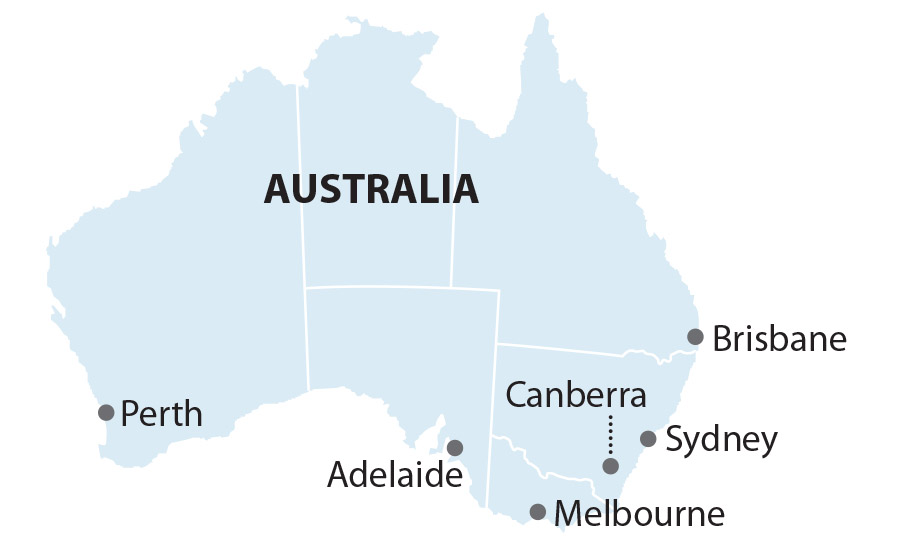IEEFA Australia: Even with a duplicate pipeline and CCS, emissions from Santos’s proposed Barossa project remain the same

16 February 2022 (IEEFA Australia): The emissions profile of Santos’s preliminary plans for a carbon capture and storage (CCS) project for its emissions-intensive Barossa gas field demonstrates the project will still release the same amount of carbon dioxide emissions, with or without CCS, finds a new report by guest contributor John Robert with the Institute for Energy Economics and Financial Analysis (IEEFA).
The Barossa gas field, owned by Santos, South Korea’s SK E&S and Japan’s JERA, is offshore of Darwin, Northern Territory.
Previous IEEFA reports by John Robert have highlighted that Barossa gas is the most emissions intensive LNG project in Australia, possibly the world.
Santos has a new application for approval with the Northern Territory Environment Protection Authority (NT EPA) for a Darwin Pipeline Duplication (DPD) Project, to transport gas from the Barossa gas field via an approximately 100km pipeline in NT waters to its Darwin LNG facility, duplicating a section of the existing Bayu-Undan pipeline, and including a shore crossing at Wickham Point in the Greater Darwin Area.
Robert has reviewed this proposal and, in his latest report, arrives at some startling conclusions.
The approval process for the whole Barossa project is not fit for purpose
“First, that the approval process for the whole Barossa project is not fit for purpose,” says Robert. “The whole project is not being assessed by one body. Rather, the offshore and onshore LNG processing parts of the project are being assessed separately by different Federal and Territory authorities.
“This gives approving bodies, the National Offshore Petroleum Safety and Environmental Management Authority (NOPSEMA) and NT EPA an incomplete picture as to the true emissions intensity of the project.”
Santos’s current plans, as IEEFA understands them, involves piping captured carbon dioxide (CO2) approximately 300km from the Barossa gas field to Santos’s Darwin LNG plant and then 500km further again to its near-depleted Bayu-Undan field in the Timor Sea. (Santos’s partners in Bayu-Undan include Italy’s Eni, South Korea’s SK E&S and Japan’s INPEX, JERA and Tokyo Gas.)
“Transporting CO2 over such a large distance creates high emissions from the needed compression and processing,” says Robert. “The emissions are so high, any effort for CO2 storage is negated, even before assuming CO2 storage actually works.
“Adding CCS to the Barossa development, in the way Santos apparently favours, would bring little or no reduction in emissions while adding substantial cost, delays and risk.”
Some gas discoveries are just not worth developing. Santos and partners should take their losses as they are
Robert notes Santos plans to develop the CCS project after they are already producing emissions-intensive LNG.
“The CCS project should be developed concurrently with the LNG project,” says Robert. “Only when it is demonstrated that the carbon can be captured, transported and stored at Bayu-Undan should sales of LNG begin.”
Robert recommends the suspension of approval for commencement of work on the Barossa project until a complete review of this apparently now fundamentally changed project is given approval.
Santos’s Barossa gas plans have changed substantially from when the first Offshore Project Proposal (OPP) by the original Barossa development proponent and operator, ConocoPhillips, was approved by NOPSEMA in March 2018.
“Some gas discoveries are just not worth developing,” says Robert. “Barossa, with twice the reservoir gas CO2 content of the equal highest currently developed Australian gas fields – Ichthys, Gorgon and Prelude – is one of those.
“Santos and its partners in the Barossa development should take their losses as they are before they grow greater still.”
Read the report: Santos’ Proposed New Darwin Harbour Pipeline for Barossa Gas – Potentially Enabling a CCS Scheme – Remains Problematic
Media contact: Kate Finlayson ([email protected]) +61 418 254 237
Author contact: John Robert ([email protected])
About IEEFA: The Institute for Energy Economics and Financial Analysis (IEEFA) examines issues related to energy markets, trends, and policies. The Institute’s mission is to accelerate the transition to a diverse, sustainable and profitable energy economy. (www.ieefa.org)










